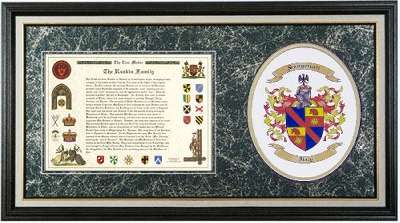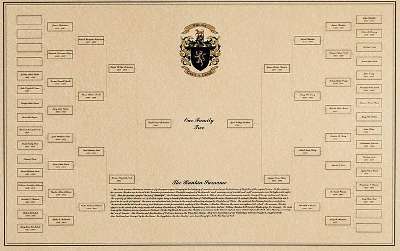
|
|
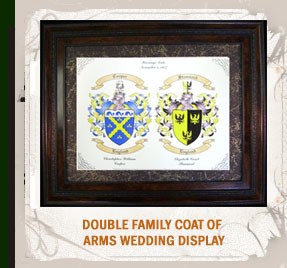 |
|
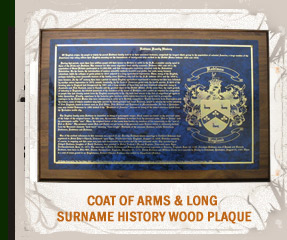 |
|
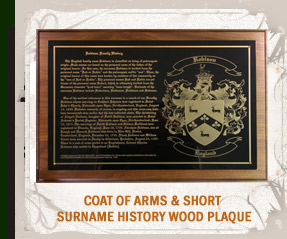 |
|
 |
|
 |
|
 |
|
 |
|
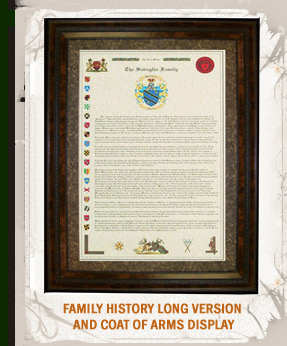 |
|
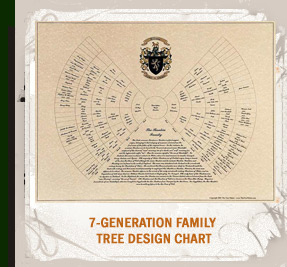 |
|
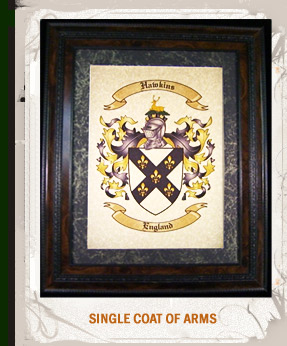 |
|
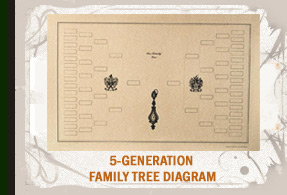 |
|
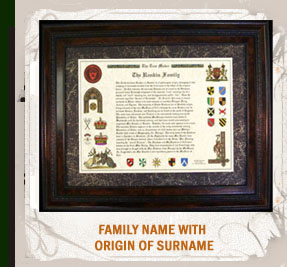 |
|
 |
||||||||||||||||

|
||||||||||||||||
 |
||||||||||||||||
During the reign of Anne, in 1707, the two countries of England and Scotland were united constitutionally, and the title of the sovereign became officially not King of England but King of Great Britain and Ireland. The subsequent rulers are the following:
The title is now King of the United Kingdom of Great Britain and Northern Ireland. At William's death in 1087 his second son came to the throne as William II, and his younger brother Henry followed him on his death in 1100. Henry's reign was much disturbed by the attempts of Robert, Duke of Normandy, eldest son of William I, to gain the throne, but Henry was able to strengthen his hold on the kingdom and even to gain possession of Normandy. Henry had chosen as his successor his daughter Matilda, wife of Geoffrey Plantagenet, Count of Anjou, but Stephen, a grandson of William the conqueror, raised an army in Normandy and attempted to seize the throne. After years of fighting with varying results it was agreed that Stephen should reign until his death, and that he should accept as his successor Henry, the son of Matilda. Stephen lived buy a year after this arrangement was made, and in 1154 Henry, the first of the Plantagenet line, came to the throne as Henry II. Henry II proved to be one of the strongest of English kings. He put down the great barons who had established themselves in their castles and made themselves scourges to the country about them, and he established a just and orderly government. One of the most important events of his reign was his contest with the Church, the powers of which, despite his enforced submission to the Pope after the murder of Becket, he very materially lessened. Henry, whose possessions in France exceeded in extent his English kingdom, had spent little of his time in England, and his son, Richard I {1189 - 1199}, who succeeded him, was in England only one year during his reign. In his absence the nobility succeeded in increasing their power at the expense of the royal authority. John {1199 - 1216}, who succeeded Richard, while in some ways an able man, was untrustworthy and weak, and during his reign England lost all of its possessions in France. This separation of the two countries in the end worked good to England, as it compelled the Norman barons in England, who up to this time had thought of France as their home country, to recognize themselves as subjects of an English king. John's weakness was beneficial to England in another way, because it allowed the barons, with the support of the people, to wrest from him the Great Charter of Liberties. John's son, Henry III {1216 - 1272}, succeeded him, and much of his reign was taken up with troubles with the barons, which in the end resulted in a confirmation of the Great Charter. It was during this reign that the first House of Commons were assembled. Edward I {1292 - 1307} proved himself a stronger king than his two predecessors and reduced the country to order. It was in his reign that Wales was finally united with England, and that the fierce struggle with Scotland began, which continued, at intervals, for centuries. Edward, by his defeat of William Wallace, gained some advantage in Scotland, but under Edward II this was lost, and after the victory of Robert Bruce at Bannockburn in 1314, the independence of Scotland was recognized. With Edward III {1327 - 1377} began the long struggle with France known as the Hundred Years War. Edward, with his son, the Black Prince, won brilliant victories, which however, meant no permanent advantage for England, while the great expense of the war was a serious drain on the country. Two important results of the contest to England were the strengthening of the national feeling, which resulted from the union of the Normans and Saxons against France, and the increased power, which Parliament secured because Edward III was dependent upon it for supplies. Richard II {1377 - 1399} proved a weak king, and after several uprisings, chief of which was the insurrection under Wat Tyler, Henry, Duke of Lancaster, who came to the throne as Henry IV, dethroned him. The persecution of the Lollards and the frequent rebellions headed by supporters of the deposed king, Richard, were the chief events of his reign, which, however, was of importance in the growth of constitutional government in England by reason of Henry's respect for the Parliament which had proclaimed him king. The reign of Henry V {1413 - 1422}, was spent chiefly in the prosecution of the Hundred Years War, and so successful were the English that Henry was able to wring from the French king, Charles VI, a promise that the English king should succeed him on the throne of France. After the death of Henry V and the succession of his son, Henry VI, who was but a boy, the French, with the aid of Joan of Arc, defeated the English and obliged them to relinquish their claims on France. In the reign of Henry VI {1422 -1461}, began the long factional struggle known as the Wars of the Roses. In the course of these wars Henry VI was several times dethroned and again restored, but ultimately Edward IV, the head of the House of York, firmly established his hold on the throne. After the short reign of Edward V, which was a reign in form only, Richard III usurped the power, but he was overthrown in 1485 at the Battle of Bosworth, and Henry, Earl of Richmond, came to the throne as Henry VII. He was the first of the Tudor dynasty. The new king was a man of ability, and he successfully upheld the royal authority, at the expense of Parliament and the nobles, so that his son, Henry VIII {1509 - 1547}, found himself, at his accession, in the possession of great power. The reign of Henry VIII was chiefly noteworthy for the beginnings of the Reformation in England, which arose not through any desire of Henry's to found a new ecclesiastical system, but from a contest of the king with the Pope on a personal matter. Edward VI {1547 - 1553}, Henry's son, carried on the work of the Reformation, but on the accession of Henry's daughter Mary {1553 - 1558}, the most strenuous efforts were made to restore the Catholic religion. Cranmer, Ridley and Latimer were the most illustrious of the many victims of this attempt to crush out the Reformation in England. Mary's efforts, however, were in the end vain, as her half-sister, Elizabeth I {1558 - 1603}, on her accession re-established the reforms, which her father had instituted, and by the Act of Supremacy had herself proclaimed head of the Church in England. One important result of this move of Elizabeth's was the increase in the feeling of nationality in England, and his growth was also promoted by the defeat of the Armada. During Elizabeth's reign Ireland was entirely reduced to dependence on England. When Elizabeth died, James VI of Scotland, son of Mary Queen of Scots, succeeded her on the throne as James I, and established in England the Stuart dynasty. Despite this union of the crowns of the two countries, a complete union was not accomplished for over one hundred years. At the outset of his reign, James, by his statement of the doctrine of the "divine right of kings", instituted a controversy with Parliament, which ended disastrously for his son. This reign is noteworthy in the history of America, because during it were founded the colonies in Virginia and in Massachusetts. Almost immediately after the accession of Charles I {1625 - 1649}, the struggle with Parliament reached a crisis. Charles prorogued his first two Parliaments, and although he was compelled by the Parliament, which convened in 1628 to assent to the Petition of Right, he assembled no Parliament for eleven years after that time and ruled almost as arbitrarily as Louis XIV of France. The persecutions of the Puritans, the attempt to force the Anglican liturgy on the Scottish Church and the continued disregard of the necessity of calling a Parliament finally brought matters to a head, and when in 1640, Charles did assemble a Parliament, because he found that he must have its aid in putting down the risings in Scotland, Parliament took matters into its own hands and impeached the king's ministers. The contest soon led to open war. After several years of varying fortunes the war ended in the defeat of Charles, who gave himself up to the Scottish army. He was handed over to the English Parliament and in 1649 was tried, convicted of treason and put to death. The strongest man in parliament and in the army, Oliver Cromwell, soon showed himself the natural head of the country, and he was able by 1653 to make himself Lord Protector of the commonwealth and to rule almost absolutely until his death in 1658. Cromwell's son proved but a weak successor, and by 1660 the royalists were able to bring about the restoration of Charles II, who was most enthusiastically greeted on his return to England. This reign {1660 - 1685}, during which in its foreign policy England was little more then a dependency of France, and the court and society were more licentious then at any other period of English history, passed without any serious protests against the arbitrary character of Charles, so glad were the people to have again a king of the royal line. Before the death of Charles, attempts were make to exclude from the succession his brother, James, because he had adopted the Roman Catholic religion, but these proved unsuccessful, and James succeeded to the throne without a struggle. The pronounced favor which he showed to Catholics, his setting aside of the Test Act, his proclamation of a declaration of indulgence and, finally, in 1688, the birth of a son who, it was feared, might be trained in the Catholic religion and might continue his father's policy, led many of the great nobles of the country to dispatch an invitation to William and Mary, the son-in-law and daughter of James, to accept the English throne. On their landing, late in 1688, James fled, and William and Mary were proclaimed sovereigns without striking a blow. During William's reign the Dissenters were allowed freedom of worship, and a step was taken in the direction of true constitutional government, by the declaration of the responsibility of the king's ministers to Parliament. In foreign affairs the reign was taken up largely with the struggle with Louis XIV of France, and William died just when he had begun preparations for another struggle with Louis. Anne {1702 - 1714} continued his plans, and her reign was made brilliant by the successes of Marlborough in the War of the Spanish Succession. It was during the reign, in the year 1707, that the legislative union of England with Scotland was finally accomplished. England's history since that date is regarded as "Great Britain". The new heading can be found under those listings. Of course much has changed since then and the nation of England is a thriving country proud of its heritage. England is a place that you would be proud to display your English genealogy, family coat of arms or surname history. Display your English Heritage or Family History from England
| ||||||||||||||||


